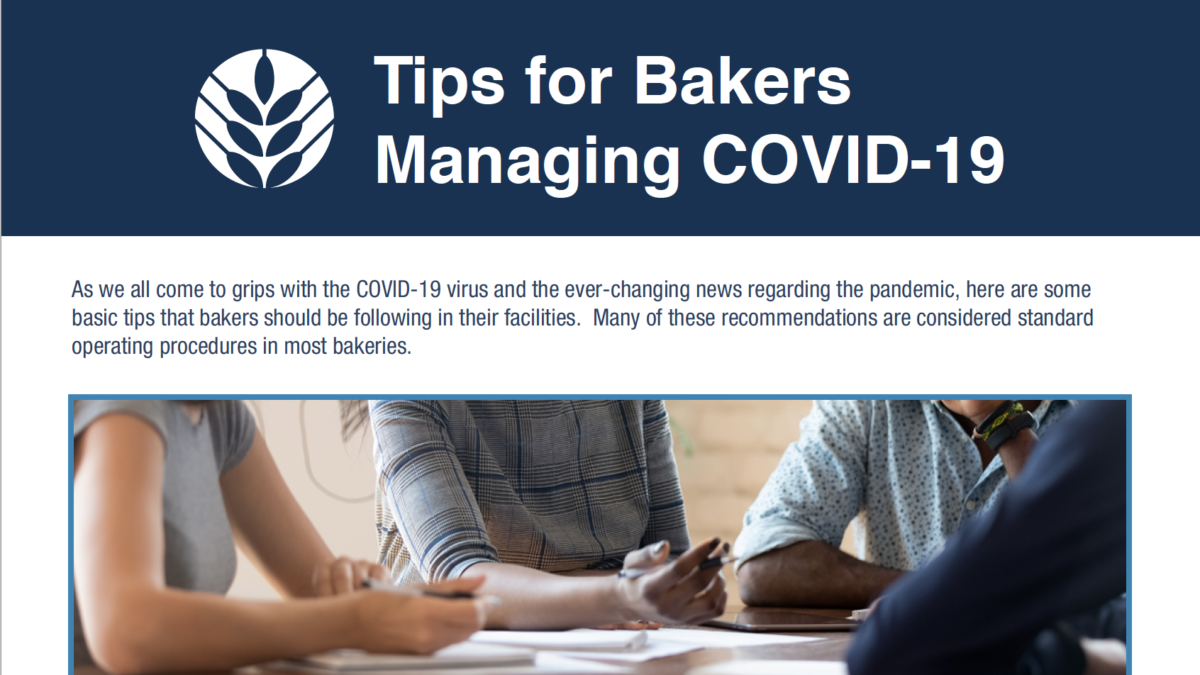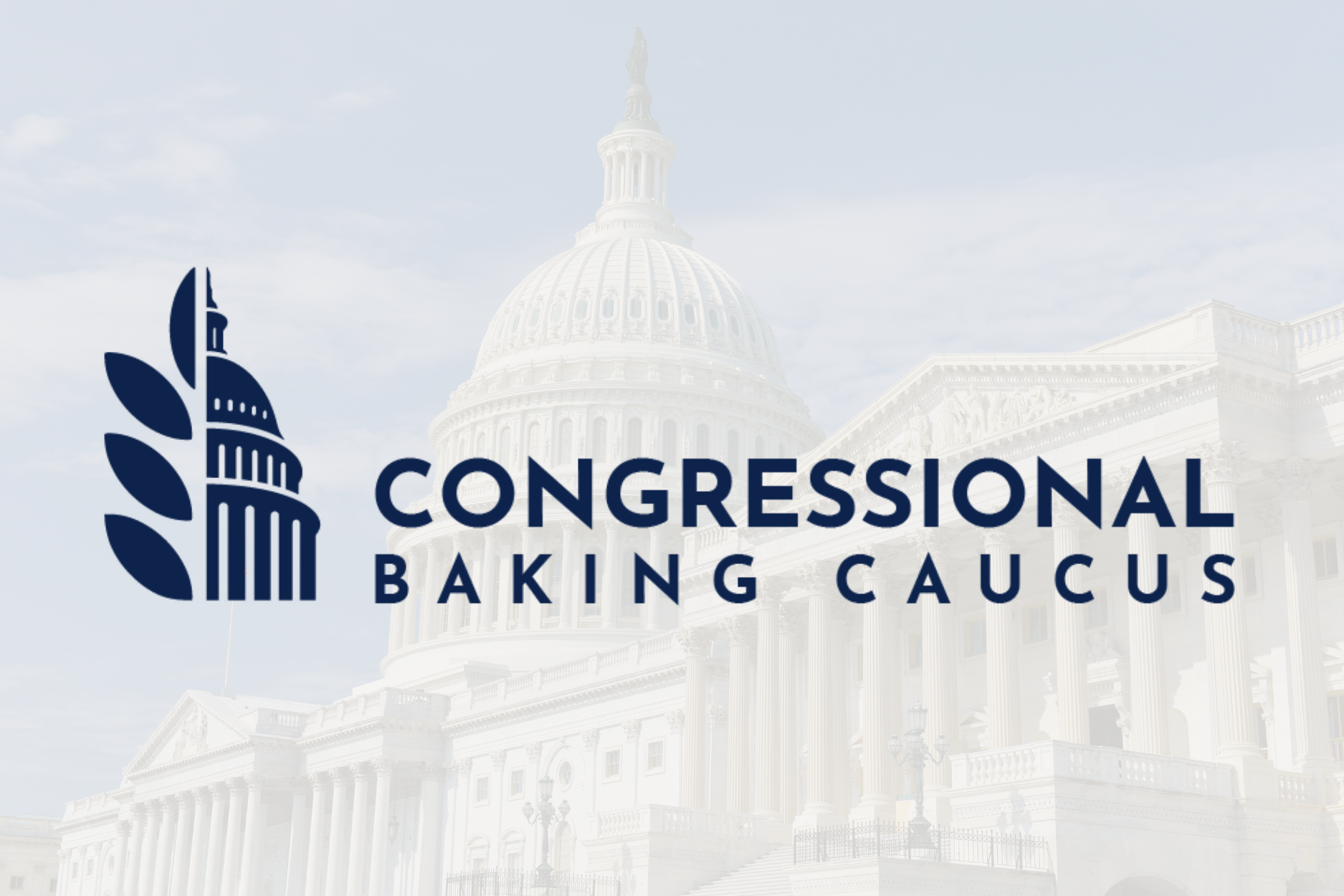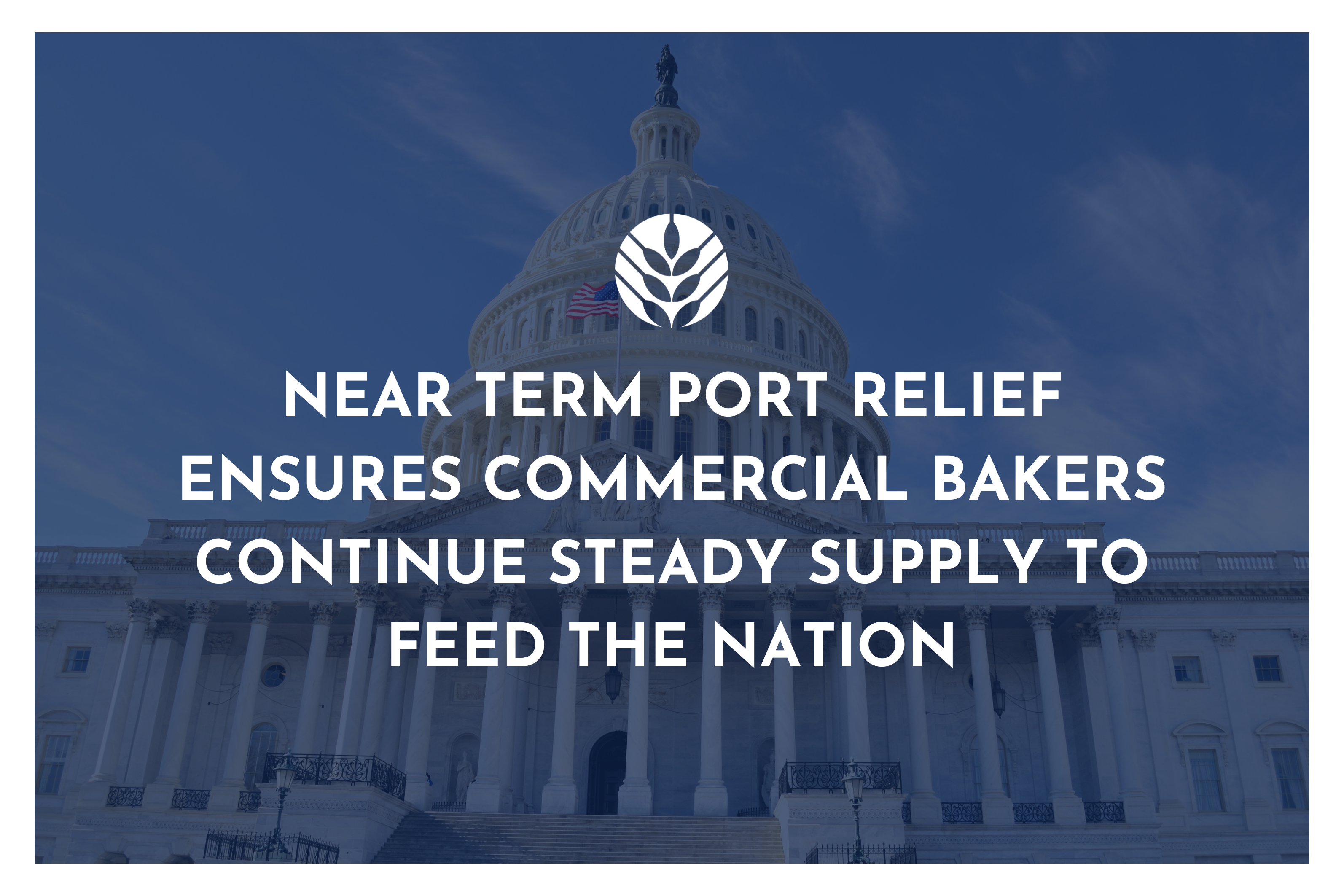View and Download the PDF Infographic
1. Crisis Management
- Engage your crisis contingency plan to ensure a safe workplace, manage communication priorities, how to mitigate risks to both employees and operations.
- Crisis Team with cross-functional responsibility needs to assess potential risk for organization.
- Hold at minimum daily reviews, moving to two in peak of impact as status may be more critical with ever-changing circumstances and many moving parts.
- Crisis coordinator should lead team, with designated back-ups, scribe recommended.
- Emergency financial designee should be on crisis team for special funding or contingency as needed.
- Keep log of all crisis meeting actions, discussions to ensure timelines, priorities addressed and perform CAPA review when crisis completed
2. Company Messaging Q & A
- Need to establish channels with local public health, state, provincial and federal government
- Review and prepare routine communications with customers and suppliers to ensure timely response during crisis as routine operations may not go on as planned and could change abruptly
- Push/pull system for alert notifications and tracking ill employees needed, call center or hotline
- Education, training, updates for employees should be routinely performed as crisis continues, remembering leadership should control the narrative. Be consistent and keep messaging simple.
- If unionized facility ensure communication is managed appropriately, engaging leaders for support as needed
- Company spokesperson for crisis communication, controlling external messaging recommended. Review policy for media communication with employees in case anyone is approached
- Provide Q & A to employees of commonly asked subjects regarding crisis, HR benefit/policy areas, EAP (Employee Assistance Program), infographics, etc. raised as result of unknowns with pandemic, important to control stress and mis-information
- Monitor CDC, FDA, OSHA, WHO, FEMA, EPA, CFIA & other guidance for latest updates
3. Employee Awareness and Education
Ensure employees are reminded on:
General Hygiene
- Cover your cough or sneeze either with a tissue or into your bent elbow.
- Avoid touching your face, including eyes, nose, and mouth. This is usually how most viruses enter the body.
Handwashing
- Make sure everyone is washing their hands properly and following the recommended guidelines for effective hand washing. This includes washing your hands frequently, for at least 20 seconds with soap and water, followed by using a hand-sanitizer with 60% alcohol.
Sanitation
- Make sure hand washing stations are well maintained, and an adequate amount of soap, sanitizer, and paper towels are available. Ensure trash receptacles are close by and emptied routinely. Read more here.
- Sanitation is key, make sure sanitation continues and increases in heightened touch-point common areas such as breakrooms, door knobs, handrails, washrooms, lunchrooms, computer/mouse/phone equipment, workstations, desks, elevators, forklifts, etc.
- Stay home if you feel ill or believe you may have been exposed to someone with the COVID-19 virus. Don’t risk impacting the health of other employees should you feel ill. Inform employer.
- If a family or home member test positive or is exposed to COVID-19 requiring quarantine, please start 14-day self-isolation and inform employer of health status before returning to work.
- Employees feeling ill should be sent home immediately. If the employee experiences symptoms such as fever, coughing, tiredness, chest tightness or any flu like symptoms, they should inform their supervisor and leave the premises.
- Get a good night’s sleep, eat well, and reduce stress if at all possible. It is essential to maintain a healthy immune system.
- Consider seasonal flu, pneumonia vaccines.
Practice Physical Distancing
- It is recommended that employees maintain a 6-foot distance between each other at all times. This may not always be possible, so the requirements must be communicated clearly to the employees and documented, especially if maintaining a safe distance is not possible due to the nature of the job. Consider use of PPE with stringent handwashing intervals in areas where close proximity or direct product handling is required.
- Have program in place to control all contractors, deliveries and visitors to your facility. Screening in advance is appropriate, however in crisis peak or “hot zone” areas, most have moved to banning all non-essential visitors or contract work. Designated drop points for packages or needed deliveries should be set up.
- Those that can work remotely should do so.



